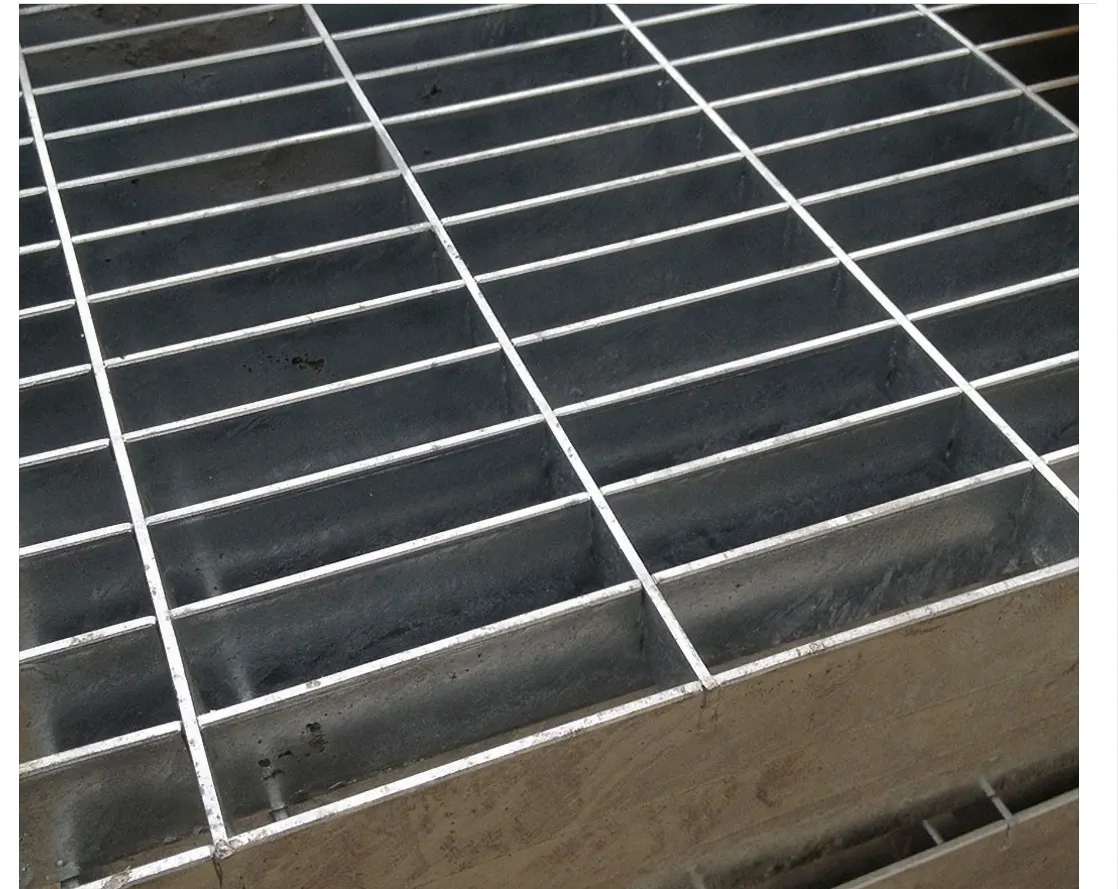Building a Temporary Fence A Comprehensive Guide
In various scenarios, whether for construction sites, events, or property lines, a temporary fence can serve various purposes. It provides security, defines boundaries, and ensures safety for both workers and the general public. Constructing a temporary fence may seem straightforward, but careful planning and execution are essential for its effectiveness and stability. Here’s a detailed guide on how to build a temporary fence that meets your needs.
1. Identify the Purpose
Before starting the project, it’s crucial to determine the primary purpose of the temporary fence. Are you aiming to secure a construction site, keep animals contained, or delineate space for an outdoor event? Understanding the use case will guide material selection, height requirements, and placement.
2. Check Local Regulations
Every locality has its own set of regulations regarding fencing, including heights, materials, and permits. Before proceeding with construction, take time to check with local authorities to ensure your temporary fence adheres to any necessary guidelines. Failure to comply with regulations could lead to fines or forced removal of the fence.
3. Choose the Materials
The choice of materials for your temporary fence largely depends on its purpose and duration of use. Here are some common options
- Chain Link Fencing Highly durable and suitable for construction sites. - Snow Fencing Light and easy to transport, ideal for marking boundaries for events. - Plastic Barricades Lightweight, easily movable, and effective for crowd control. - Wooden Panels Provides a sturdy barrier for events or to keep animals confined.
Each material has its benefits and drawbacks, so consider factors like cost, appearance, and the level of security required.
Now that you've determined the purpose and materials, it’s time to plan the layout. Use stakes and string to outline where the fence will go, ensuring that it will satisfy your needs without obstructing pathways or other important areas. Remember to account for gate access, if required, particularly for construction sites or events where vehicles might need to enter and exit.
building a temporary fence

5. Gather Tools and Supplies
To effectively build your temporary fence, gather the necessary tools and supplies. Common tools needed include
- Post Driver or Hammer For securing posts into the ground. - Level To ensure your fence is even and stable. - Measuring Tape For precise measurements of distance and height. - Wire Cutters If working with chain link or barbed wire.
Also, ensure you have enough fencing materials on hand based on your planned measurements.
6. Install the Posts
Begin by installing the corner and end posts first. If using chain link or wooden panels, set the posts in concrete for added stability, especially if the fence will be in place for an extended period. Space the posts according to the type of fencing material you are using—generally every 8 to 10 feet for chain link and less for wooden panels.
7. Attach the Fencing Material
Once the posts are securely in place, it’s time to attach the fencing material. Depending on the type, you may need to unroll the fencing (for chain link) or position panels (for wood). Ensure that the material is secured tightly and check for any sagging or gaps that could undermine its purpose.
8. Secure and Maintain
After installation, regularly check the temporary fence for stability, especially after harsh weather or if it has been subjected to stress, like high winds or the impact of vehicles. Reinforce any loose posts or sagging sections immediately.
Conclusion
Building a temporary fence is a practical solution for a range of situations, from safeguarding construction sites to managing crowd control at events. With thorough planning, the right materials, and proper installation techniques, anyone can construct a sturdy and effective temporary barrier. Always remember to focus on safety and compliance with regulations to ensure a successful outcome.
-
The Strength and Versatility of Aluminum Expanded Metal Mesh
NewsJun.10,2025
-
Safety Guards and Machine Enclosures Using Expanded Mesh
NewsJun.10,2025
-
Performance with Round Hole Perforated Mesh in Wall Panels
NewsJun.10,2025
-
How Steel Grating Trench Covers Distribute Weight Efficiently
NewsJun.10,2025
-
How Deck Mesh Railing Enhances Backyard Aesthetics
NewsJun.10,2025
-
Comparing Bar Thickness and Spacing in Steel Grating
NewsJun.10,2025
Subscribe now!
Stay up to date with the latest on Fry Steeland industry news.

